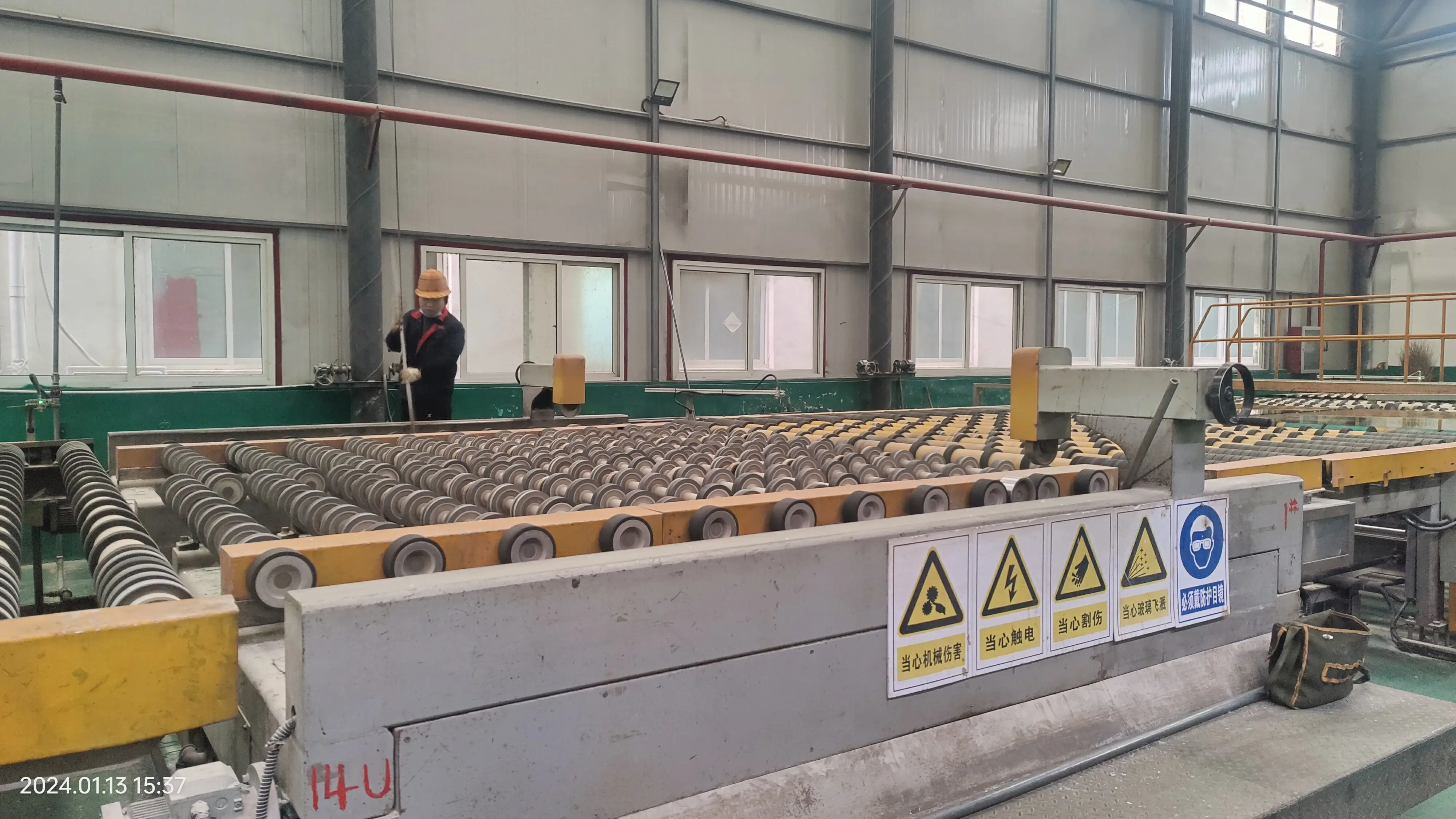

The Allure and Functionality of Dark Reflective Glass
In the modern world of architecture and design, materials play a critical role in defining the aesthetic and functional aspects of structures. One such material that has gained prominence in recent years is dark reflective glass. This versatile and stylish option has captivated architects, designers, and home builders, offering both visual appeal and practical benefits.
Dark reflective glass is characterized by its deep hue and ability to reflect light, creating a striking contrast with surrounding environments. When incorporated into buildings, it adds a layer of sophistication and elegance, allowing structures to stand out while harmonizing with their surroundings. The reflective quality of this glass not only enhances the architectural beauty but also offers a sense of privacy, as it obscures the view into the interior spaces during the day.
One of the most appealing aspects of dark reflective glass is its ability to control sunlight and glare. In regions with abundant sunlight, the challenge of managing heat and light can significantly impact energy consumption and indoor comfort. Dark reflective glass reduces the amount of solar heat that enters a building, thereby minimizing reliance on air conditioning systems. This thermal efficiency is not only beneficial for the environment but also for reducing operational costs for homeowners and businesses alike.

Another advantage of using dark reflective glass is its contribution to energy efficiency. With the increased emphasis on sustainable building practices, darker reflective glass options are often designed to meet energy codes and standards. These products typically feature insulating properties that help maintain interior temperatures, further reducing energy consumption. When used in tandem with other green building materials, dark reflective glass can play a crucial role in creating eco-friendly designs.
Furthermore, dark reflective glass can also enhance safety and security. The reflective surface makes it more difficult for potential intruders to see inside a building, providing an added layer of privacy for occupants. This feature is especially appealing for commercial properties, where safeguarding sensitive information and ensuring the safety of employees and customers is paramount.
However, the use of dark reflective glass also requires careful consideration. While it offers many advantages, it can absorb more heat than lighter glass options, which may lead to increased temperatures around the building. To mitigate this, architects and designers must incorporate proper shading devices and ventilation strategies to ensure a balanced indoor climate.
In conclusion, dark reflective glass presents a unique combination of beauty, functionality, and sustainability that has transformed the landscape of modern architecture. Its stunning visual characteristics and energy-efficient properties make it an attractive choice for those looking to enhance their spaces. As we continue to prioritize sustainability and innovative design, the popularity of dark reflective glass is likely to grow, solidifying its place as a preferred material in the construction of contemporary spaces. Whether in commercial buildings or residential homes, dark reflective glass not only enhances the aesthetic appeal but also contributes to a more sustainable future.